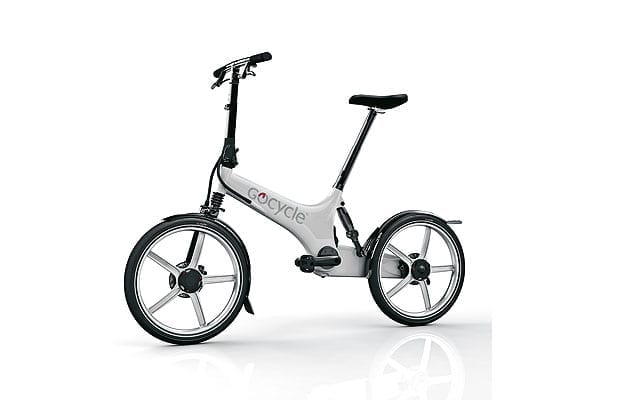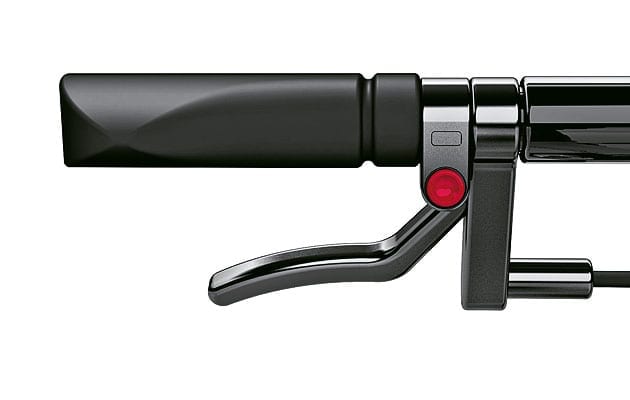|
|
||
|
Does the magic red button of the Gocycle’s electric motor destroy the fundamentals of cycling? Johanna Agerman finds out In the 1950s, Roland Barthes described the car as the 20th century’s equivalent to the Gothic cathedral – a supreme creation consumed, at least in image, by a whole population. In the 21st century, the reputation of the car is much dented and the bicycle, in cities at least, is taking over as a status symbol. It is the ultimate guilt-free consumer product and the retailers are cashing in. Bicycle manufacturers are falling over themselves to create exclusive editions with all the mod cons. The British-made Gocycle, which retails at around the £1,200 mark, is an electric bike that tries to capture the zeitgeist. The PR sells it as “the electric bike for the iPhone generation” and the press release talks about bringing “Apple design to the two-wheeler marketplace”. Just like an iPhone, the Gocycle tries to be many things at once: electric, stylish, healthy, emission-free and compact. And just like the iPhone it attempts to reinvent a noun with the addition of a prefix. But in the case of the Gocycle, the prefix is a peppy verb. The Gocycle tells us what to do, like a campaign fighting obesity from the Department of Health. As a piece of design engineering the Gocycle is pretty impressive. Conceived by former MacLaren car designer Richard Thorpe, all of its parts are concealed underneath a chunky white frame, injection-moulded in the light-weight magnesium alloy Magflow. The shell lends the bike the sort of streamlined aesthetic that would make Norman Bel Geddes proud. None of its electrics are visible from the outside. The battery is hidden in the crossbar, while the electric motor is situated in the front wheel hub. However, the Gocycle’s clean lines hide another agenda. We live in an age where perspiration is antisocial and harmful germs are killed with wipes and gels. The Gocycle’s protective skin makes invisible the parts that threaten to stain us. Its surface is reassuringly white and wipe-clean and the electric motor, which is started with the push of a red button awkwardly placed on the left hand side of the handlebar, assists in tackling hills and long stretches of road, saving the rider from breaking into a sweat. Despite its sleek design, it is hard to forget that the electric bicycle has connotations of immobility. In fact, it borders on the absurd to market an electric bicycle to able-bodied “young city professionals”. It’s like pimping up a Zimmer frame and selling it as a new way of walking. And by being electric it is doubtless that the Gocycle misses one of the biggest benefits of cycling: fitness. Even if the motor should only be used sparingly, the temptation of pressing the red button is simply too big, as I notice when the motor ground to a halt on the return leg of my 14km journey. And once the red button is stripped of its magical powers the experience of riding the Gocycle is mundane. Besides, the brick-size battery charger is nothing you would pop in your handbag for small top-ups. So here we have a nicely styled bicycle that is riding on the hype of biking, but it doesn’t quite deliver on any of its aspirations and therefore can’t compete with the host of fixies, hybrids and foldable bikes on the market. And that most magical experience of floating through the city by bike is accompanied by the annoying whirr of the motor. I can only conclude that the Gocycle is a bike for the lazy, scared of the prospect of taking to the roads without the assistance of a motor. I’ll take the sweat and grime of my trusted sit-up-and-beg any day.
|
Words Johanna Agerman |
|
|
||
|
|
||




















